10 Laws Every Military Memorabilia Collector Should Know
For military memorabilia collectors, knowledge of the laws surrounding the items they collect is essential. Understanding these rules helps protect your collection and ensures you remain on the right side of the law. From import restrictions to ownership rights, collectors must be mindful of various legal aspects. It is important to stay informed to avoid any potential legal issues down the road.
This post may contain affiliate links, which helps keep this content free. Please read our disclosure for more info.
National Stolen Property Act (NSPA)
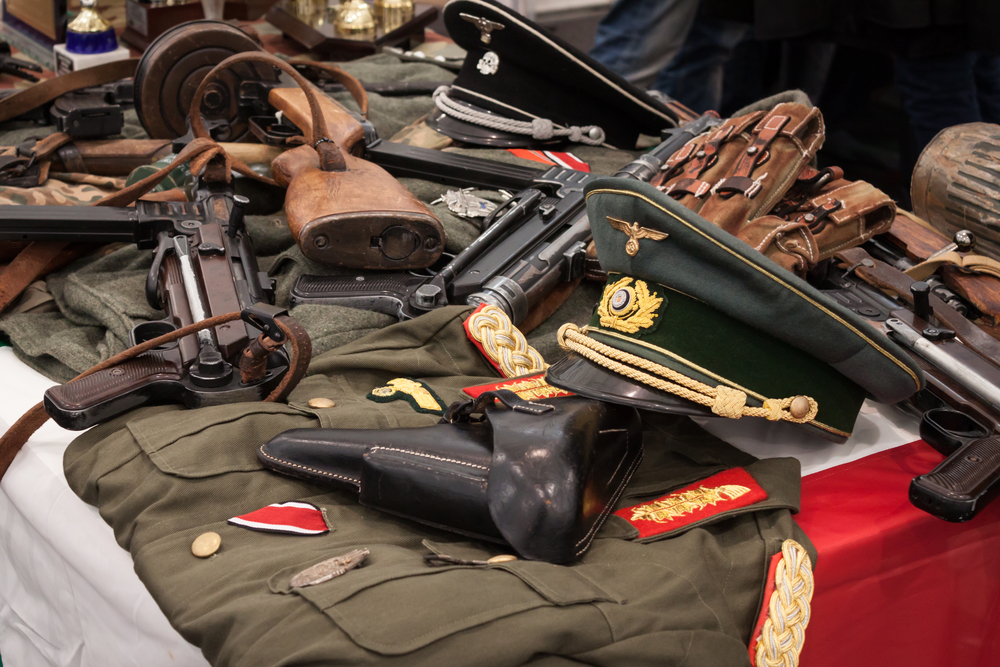
The National Stolen Property Act makes it illegal to possess, buy, or sell stolen property, including military memorabilia. This law applies to any item, whether it is stolen domestically or internationally. The law was first enacted in 1934 and has since been used to prevent the trafficking of stolen items, including military artifacts. If you purchase a military item, it is important to verify its provenance to ensure it is not stolen. Violating the NSPA can result in severe penalties, including imprisonment.
As a collector, it is crucial to check the legitimacy of any military memorabilia before purchasing. Research the item’s history and ensure that it has a clear chain of ownership. If an item has been stolen, it must be returned to its rightful owner or government institution. The NSPA serves as a key law for maintaining the integrity of collections and ensuring that stolen artifacts are not circulated. Familiarity with this law helps collectors avoid legal issues related to stolen goods.
The Arms Export Control Act (AECA)
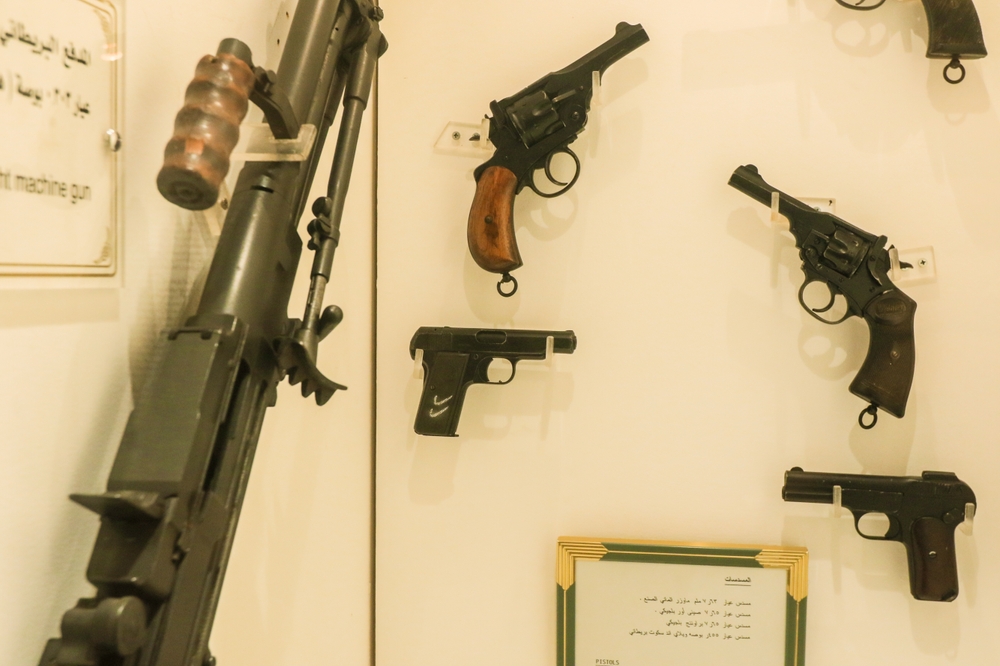
The Arms Export Control Act regulates the export of military items, including memorabilia, from the United States. It was enacted in 1976 to control the export of defense articles and services. Under this law, military memorabilia may require a license for international trade, especially if it involves items used by military forces. The act is part of the U.S. government’s effort to control sensitive items and prevent them from reaching unauthorized parties. Violating the AECA can result in heavy fines and criminal penalties.
Collectors need to be aware that not all military items are freely traded. Items such as military uniforms, weapons, and specific equipment may be classified under the AECA and require special permits for export. If you plan to purchase or sell military memorabilia internationally, understanding this law will help you stay compliant with export regulations. This law applies not only to large items but also to small artifacts that may have significant military value. Knowledge of the AECA is vital to avoid inadvertently violating export control laws.
The Import Control Act
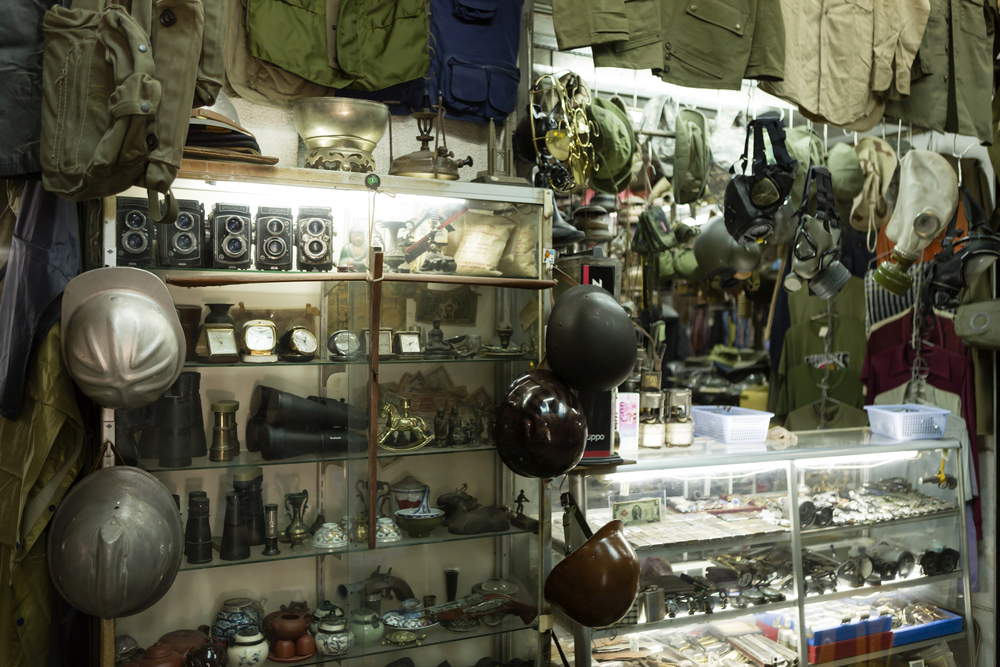
The Import Control Act regulates the import of military items into the United States. Enacted in 1952, it aims to prevent the importation of items that could be a security threat or related to terrorism. This law requires that certain military memorabilia be declared before entering the country and may restrict items based on their potential to harm national security. Items such as military uniforms, insignia, and weapons may be subject to import restrictions. Failing to comply with this law can result in confiscation and legal penalties.
Collectors must ensure that any military memorabilia they import is not restricted under the law. Before making international purchases, it is advisable to check the U.S. Customs and Border Protection guidelines for restrictions on military items. This law is especially relevant when buying items from foreign sources or when importing pieces for personal collections. In some cases, a permit may be required for the importation of certain items. Understanding the Import Control Act ensures that military memorabilia is imported legally and safely.
The National Historic Preservation Act (NHPA)
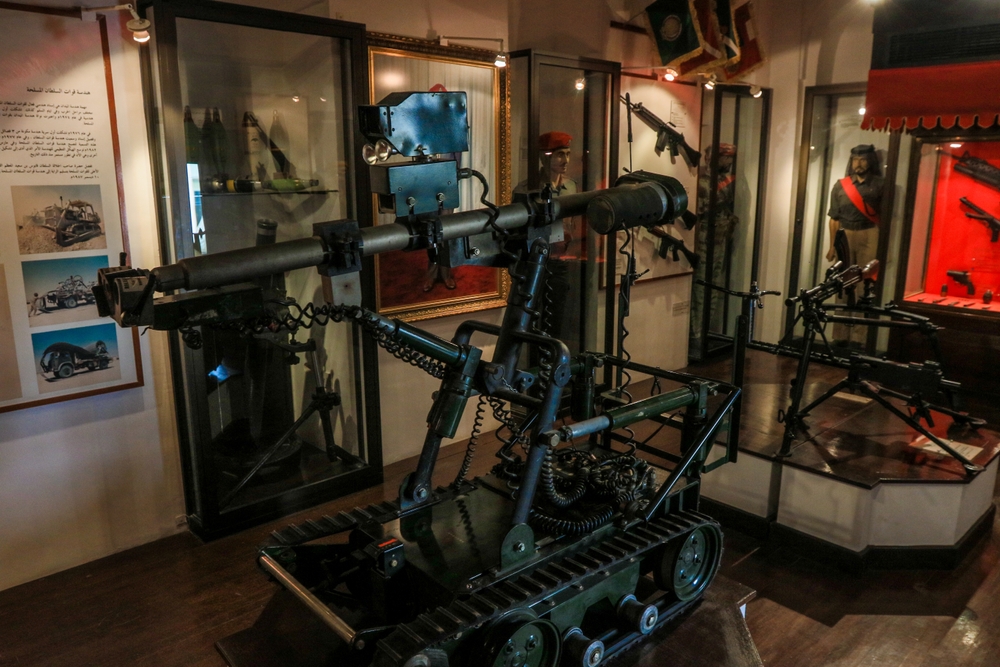
The National Historic Preservation Act was passed in 1966 to preserve historic sites, objects, and artifacts that are considered significant to the United States. Under this law, certain military memorabilia, especially items of historical significance, are protected from being removed or sold without proper authorization. The NHPA emphasizes the importance of preserving artifacts for educational purposes and public access. Violations of this act can result in the loss of preservation funding or legal action against those who improperly remove or sell protected items.
Collectors must understand that items related to historical sites or military battles may fall under this law’s protection. This includes memorabilia that is tied to specific wars, battles, or significant military events. The NHPA encourages collectors to respect the historical context of the items they collect, ensuring they do not contribute to the unlawful removal or sale of significant artifacts. Preservation of these items is essential to maintaining cultural heritage for future generations. Following the NHPA’s guidelines helps protect the integrity of military history and collection practices.
The Uniform Code of Military Justice (UCMJ)
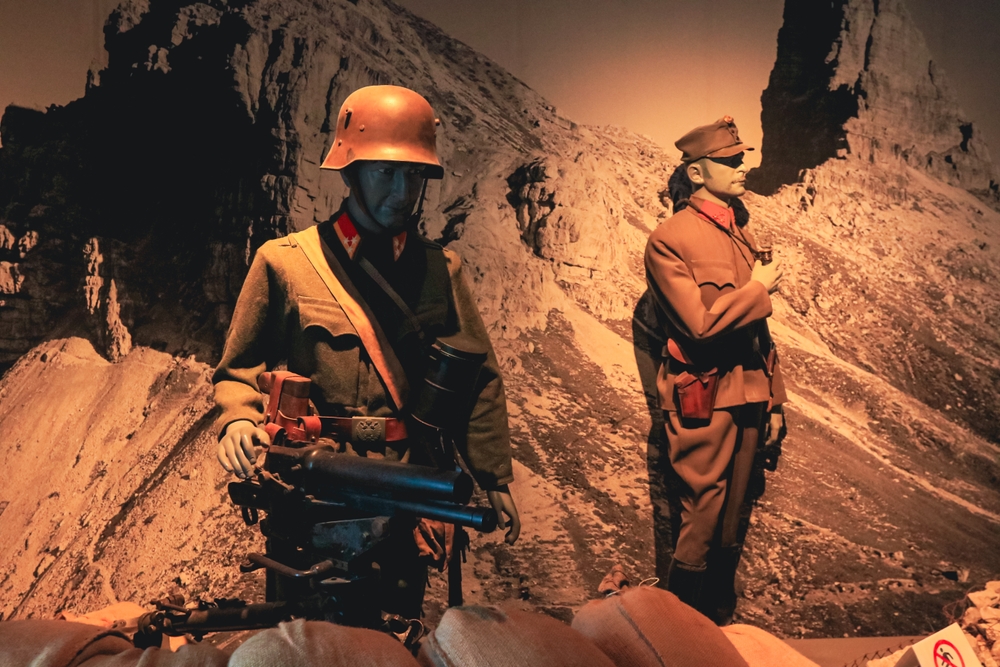
The Uniform Code of Military Justice is a set of legal guidelines that govern the conduct of military personnel. While primarily applied to active-duty service members, the UCMJ also affects military memorabilia, particularly when it involves military decorations and awards. For instance, the unauthorized sale or possession of military medals can violate military regulations. This law was established in 1950 and remains a key element in regulating military discipline and behavior.
For collectors, it is essential to understand that military medals, decorations, and awards are not for sale to the public. Some items may be restricted, and unauthorized possession or trading of these items can lead to legal trouble. If you come across a military decoration that seems suspicious, research whether it has any restrictions under the UCMJ. Collectors must be careful when acquiring medals or other service awards to ensure they are not violating military laws. Understanding the UCMJ is key to handling military awards legally.
The National Defense Authorization Act (NDAA)

The National Defense Authorization Act, passed annually, provides funding and policies for military activities in the United States. In recent years, the NDAA has included provisions that restrict the sale of military memorabilia, particularly items that could be used for harm or are considered contraband. The NDAA can include specific rules on the use of military insignia, badges, and uniforms. The law’s provisions are updated regularly to reflect changes in military operations and security concerns.
Collectors must be aware that certain items, such as combat gear or military equipment, may be subject to restrictions under the NDAA. This law aims to protect national security by preventing the sale of items that could pose a threat. If you are purchasing military memorabilia from a government surplus store or auction, it is important to check for any restrictions listed under the NDAA. Understanding the NDAA helps collectors stay informed about regulations and avoid purchasing prohibited items.
The Convention on Cultural Property Implementation Act

The Convention on Cultural Property Implementation Act was passed in 1983 to help prevent the illegal importation and sale of cultural property, including military artifacts. This law ensures that military items of cultural significance cannot be traded without proper documentation. The act was implemented in response to international concerns about looting and the illegal trade of historical artifacts. Violators can face heavy fines and the confiscation of items that were improperly obtained.
Military memorabilia that holds cultural or historical value may fall under the protection of this act. If an item has been illegally removed from its country of origin, it cannot be legally traded or sold in the United States. Collectors must verify the provenance of any military items they wish to acquire to avoid dealing with looted or illegal artifacts. The Convention on Cultural Property Implementation Act plays an important role in preserving global military history and preventing illegal trade.
The Endangered Species Act (ESA)
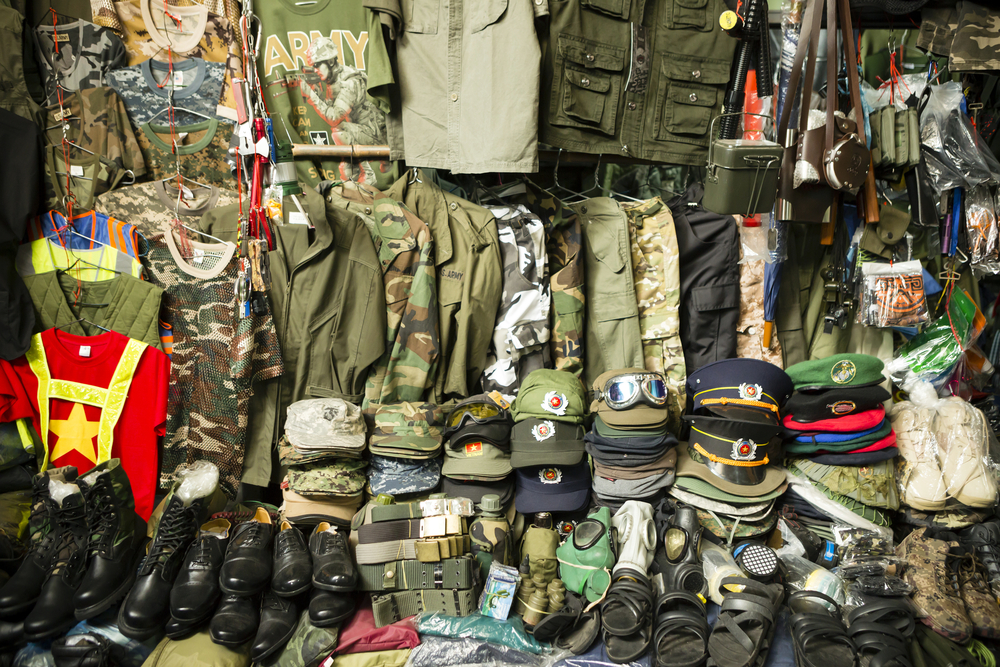
The Endangered Species Act, passed in 1973, is focused on protecting species that are at risk of extinction. This law can impact military memorabilia collections when items include materials made from endangered species. For example, certain military gear, such as decorative items or accessories, may be made from ivory, coral, or other materials prohibited under the ESA. Collectors should be cautious when acquiring items that may contain restricted materials.
The ESA’s impact on military memorabilia can be significant, particularly when it involves items that use animal products. When purchasing military items, check for any materials that may fall under the ESA’s restrictions, ensuring they are legally sourced. The law aims to prevent the trade of goods that contribute to the destruction of endangered species. Understanding the ESA helps collectors avoid purchasing items that may be illegal or ethically questionable.
The Historic Preservation Act
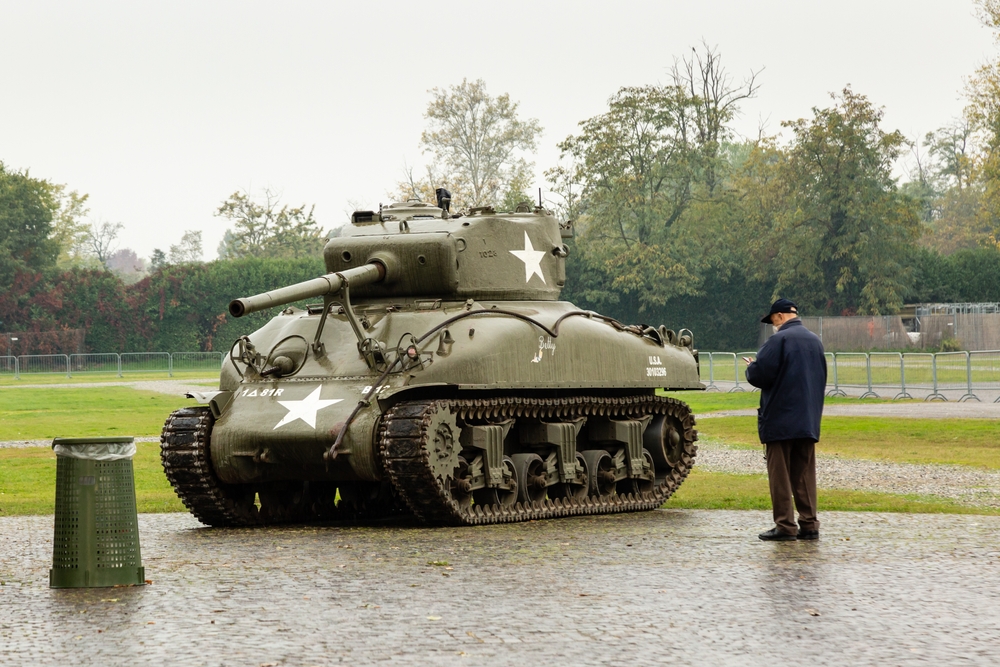
The Historic Preservation Act focuses on protecting artifacts that have historical significance to the United States. Military items that are tied to significant historical events may be subject to preservation laws, meaning they cannot be sold or removed without proper authorization. This act helps preserve military items that are important to national history, ensuring that these pieces are kept for future generations. The law also encourages museums and other institutions to maintain collections of historical artifacts.
For collectors, it is essential to understand that some military memorabilia may be protected under the Historic Preservation Act due to its historical importance. Items that are linked to famous battles, wars, or military leaders may require special handling. This law ensures that these items are preserved in a way that protects their historical integrity. If you are collecting military memorabilia with historical significance, it is important to research whether any items are subject to preservation laws.
The Archaeological Resources Protection Act (ARPA)
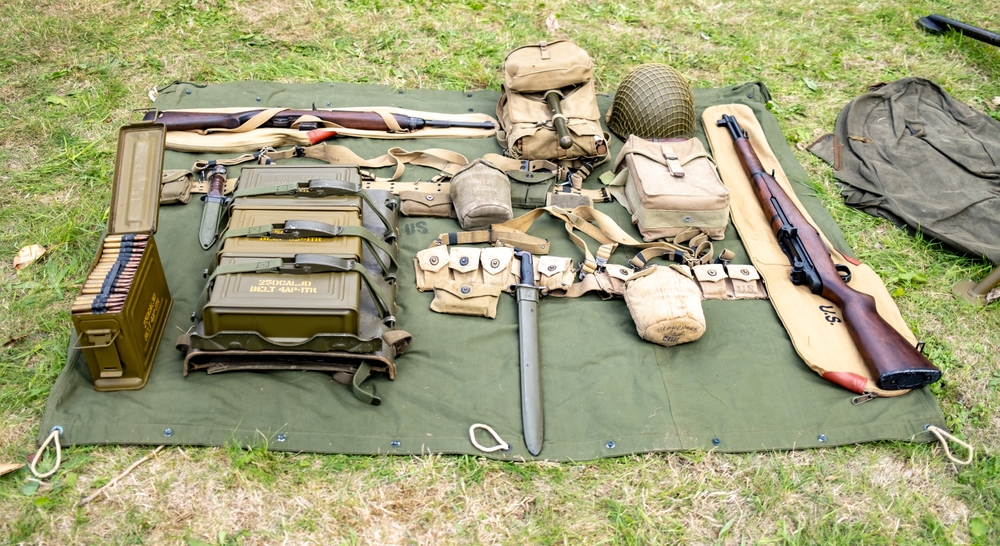
The Archaeological Resources Protection Act, passed in 1979, aims to protect archaeological sites and artifacts, including military relics. The act restricts the removal, sale, and trade of archaeological resources from federal and tribal lands without proper permits. This law applies to military artifacts discovered in excavation sites, particularly those that may be considered culturally or historically significant. Violating ARPA can result in criminal penalties and fines.
Collectors should be aware that any military items excavated from public lands or battlefields may fall under ARPA restrictions. To stay compliant, collectors should ensure that their items have been legally acquired and properly documented. The act is designed to prevent looting and the illegal trade of culturally important military artifacts. Familiarity with ARPA ensures that collectors only acquire items through legal and ethical means.
Understanding the laws surrounding military memorabilia is crucial for any collector. By following these regulations, collectors can avoid legal issues and build a collection that is both valuable and compliant. Staying informed about these laws ensures the preservation of historical artifacts for future generations.
This article originally appeared on Avocadu.
